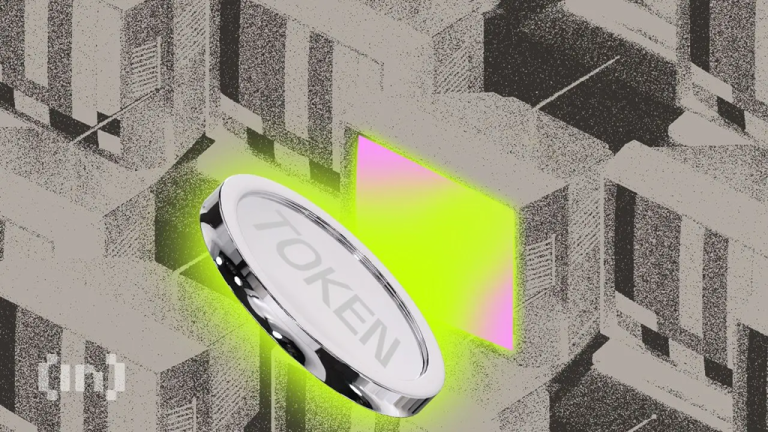
Bitcoin has plunged below the critical $101,000 mark, sending shockwaves through the cryptocurrency market. On November 4, the leading cryptocurrency fell to $100,915, marking a 5.30% drop and its first time breaking this psychological barrier in months. While retail traders are doubling down on long positions, data suggests larger investors, or “whales,” are offloading their Bitcoin holdings, leaving many questions about the road ahead for the asset.
Key Market Insights
Analysis of Binance Bitcoin perpetual futures data reveals a stark divergence between retail and institutional activity. According to Coinglass, approximately 71.96% of trader accounts are long, compared to just 28.04% short—a bullish sentiment ratio of 2.57. However, when we examine actual trading volume, the figures diverge; long orders account for 48.01%, while short orders hold a slight majority at 51.99%. This decoupling between sentiment and volume hints that retail traders may be overly optimistic, while more experienced “smart money” is cashing out.
Technical Analysis: What’s Ahead?
Bitcoin’s price has fallen sharply below its 20-day Simple Moving Average and broken through the lower Bollinger Band indicator, signaling extreme market volatility. The cryptocurrency had reached a high of $127,500 in late October before this sharp downturn, with accumulation/distribution patterns showing $5.19 million worth of selling pressure—clear evidence of active whale distribution.
Currently, support levels are forming around the $98,000-$100,000 range, with resistance mounting between $108,000 and $110,000. A potential breakdown below $98,000 could trigger significant liquidation events and drive prices even further downward, potentially toward $95,000. Conversely, if Bitcoin reclaims $108,000, a short squeeze could push the price back up to $115,000.
Retail Versus Institutional Investors: Who Will Win?
The growing divergence between retail optimism and whale activity paints a concerning picture. Retail traders, who often place bets based on emotion over strategized logic, are increasing their long positions even as larger players bet against the rally. Traditionally, such trends end poorly for the undercapitalized retail investors when critical levels break down.
For example, historical data shows that extended long positioning generally ends in one of two ways: a violent short squeeze if support holds, or a liquidation cascade if the asset breaks key levels. With 72% of traders long, the potential for “maximum pain”—both for bulls and bears—seems imminent.
Should You Hold or Fold?
If you’re holding Bitcoin or are considering entering the market, staying informed is critical. Consider tracking Bitcoin price movements with reliable hardware wallets like the Ledger Nano X, which allows you to securely store your assets offline while monitoring your wallet for real-time updates. Risk management should remain your central strategy, especially in a market dominated by unpredictable swings.
The current market landscape suggests waiting for clear signals before entering any major positions. Both support and resistance levels need greater confirmation before the next trend direction takes shape. Avoid chasing trends impulsively, and consider diversifying your portfolio to manage potential risks effectively.



